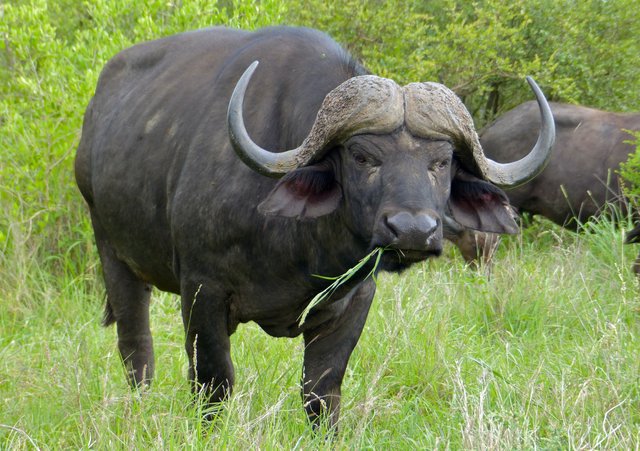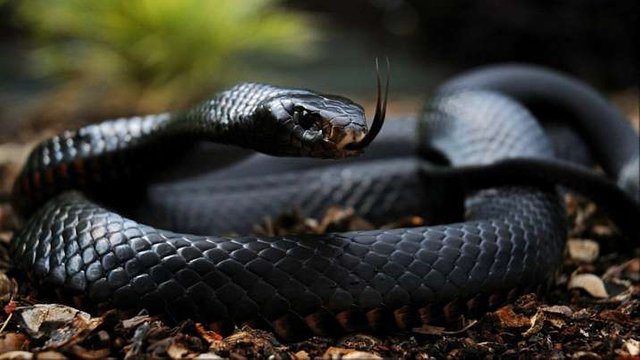The Most Dangerous Animals in the World
Sharks may star in the bloodiest blockbusters—and sure, spiders tend to monopolize the phobia department—but when you get down to the facts, those are merely two classes of creatures among the scariest to stalk the planet. In fact, there are many ferocious beasts, both large and small, that are downright deadly. From actively contributing to signifiant loss of human life, to packing enough venom to put unlucky travelers out of commission, here are the 13 most dangerous animals in the world—and where to find them.

Cape buffalo, which number around 900,000, are a relatively mild species when left alone, preferring to travel in massive herds to graze in early morning and late afternoon hours, or to gather around watering holes to stay hydrated. However, if an individual (or its calf) is threatened or wounded, they become the incarnation of their nickname: Black Death. Reportedly responsible for killing more hunters on the continent than any other creature, these behemoths, which can grow up to nearly six feet tall and weigh close to a ton, circle and stalk their prey before charging at speeds of up to 35 miles per hour. They’re even known to continue charging no matter where they’re injured and will not hesitate to attack moving vehicles. Suffice to say, you don’t want to mess with those horns.
Where to find them: Sub-Saharan Africa, including Kruger National Park in South Africa

Black Mamba
Though species like the boomslang or the king cobra are dangerous thanks to their respective poisons, the black mamba is especially deadly due to its speed. The species (which can grow up to 14 feet long) is the fastest of all snakes, slithering at speeds of up to 12.5 miles per hour, which makes escaping one in remote areas that much more difficult. Thankfully, black mambas usually only strike when threatened—but when they do, they’ll bite repeatedly, delivering enough venom (a blend of neuro- and cardiotoxins) in a single bite to kill ten people. And if one doesn’t receive the correlative antivenom within 20 minutes, the bites are almost 100 percent fatal.

Tsetse Fly
Often regarded as the world’s most dangerous fly, the tsetse fly—a small speck of insect that measures between 8 to 17 mm, or about the same size as the average house fly—is commonly found in Sub-Saharan Africa, especially throughout countries in the center of the continent. While the flies themselves are nasty bloodsucking bugs that usually feed during the peak warm hours, their true terror lies in the protozoan parasites they spread known as Trypanosomes. These microscopic pathogens are the causative agent of African Sleeping Sickness, a disease marked by neurological and meningoencephalitic symptoms including behavioral changes, poor coordination, as well as the disturbances in sleeping cycles that give the illness its name. If untreated, the condition can be fatal. While there are no vaccines or medications available to prevent infection, methods of protection include wearing neutral-colored clothing (the tsetse fly is attracted to bright and dark colors, especially blue), avoiding bushes during the day, and using permethrin-treated gear in more remote areas.
Where to find them: The Sudans, the Democratic Republic of the Congo, and Angola
